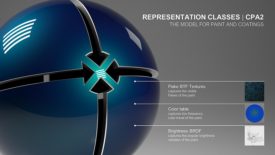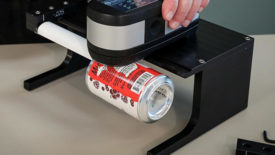Home » color measurement
Articles Tagged with ''color measurement''
The Metrology Corner | Emil Hazarian
The time resilience is a testament to their quality where measurements played a determining role.
Read More
Quality 101
Accurate, Reliable Color Management Starts With Right Tools and Right Partner
True Colors
March 12, 2024
Measurement
Why Digital Workflows Require More Than Digital Color
If you only digitize color using spectral data, you are missing valuable data required for the digital design and visualization workflow.
December 29, 2023
More than Laser Gages - Available Today
The added twist in recent years has been the use of a chromatic or "color" focus effect where different colors of light focus at different distances.
August 2, 2023
Revolutionizing Color Quality Control through Technology and Sustainability
Advancements in digital color measurement technologies and cloud-based software have transformed color quality control, enabling greater accuracy, efficiency, and sustainability, while automation and circular economy principles are driving further innovation in the industry.
July 12, 2023
Color Measurement
Is Your Color Workflow Resilient for Today’s Supply Challenges?
Capturing and analyzing color data can help identify areas for improvement.
October 1, 2022
Vision & Sensors | Sensors
Smart Color Sensor Technology
For color detection, color measurement and innovative automation tasks.
September 1, 2022
Test & Inspection
Shining A Light On Color Quality Control
Monitoring color during the entire production process can help manufacturers identify color drifts before they become a problem.
March 8, 2022
Getting Color Right (It's Trickier Than It Sounds)
What you need to know for effective color management.
January 6, 2021
Stay in the know with Quality’s comprehensive coverage of
the manufacturing and metrology industries.
eNewsletter | Website | eMagazine
JOIN TODAY!Copyright ©2025. All Rights Reserved BNP Media.
Design, CMS, Hosting & Web Development :: ePublishing











